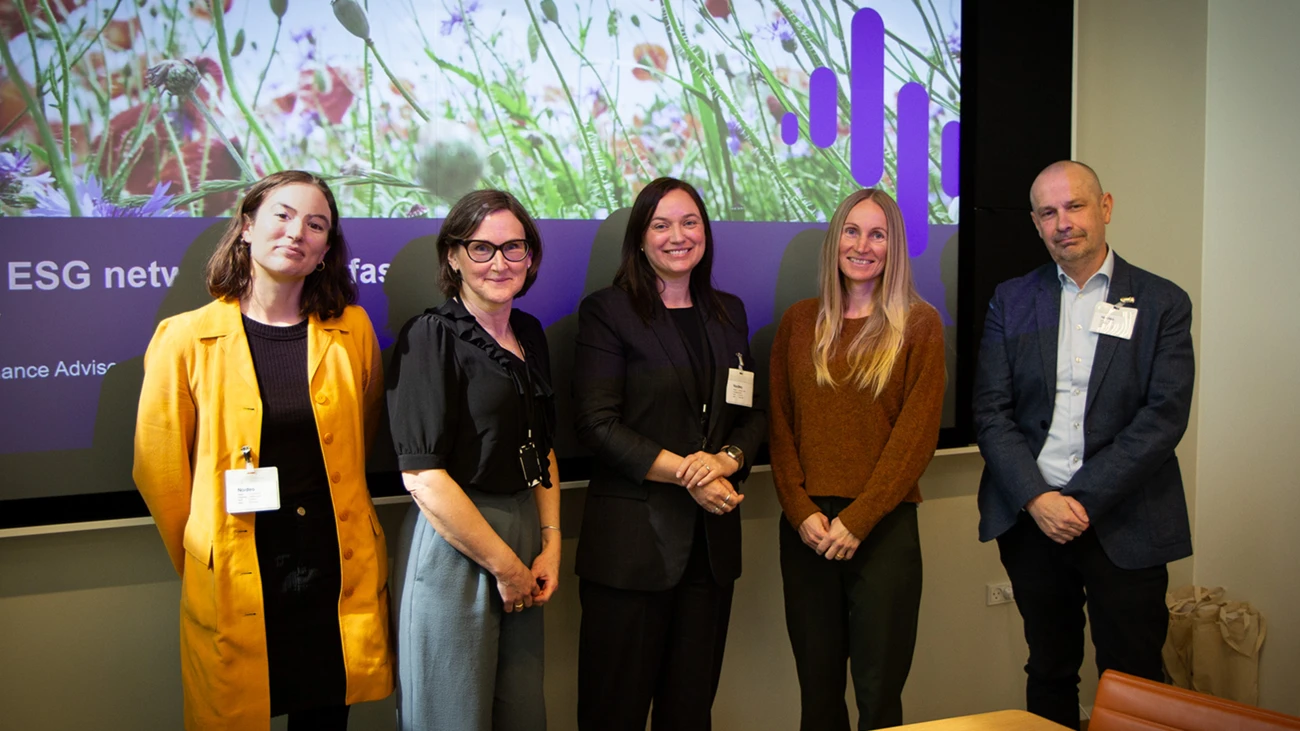Why does biodiversity matter?
Biodiversity refers to the variety of all living things and their interaction. It refers not only to species but also ecosystems that we rely on for crop pollination, soil formation, clean water, carbon sequestration and flood protection. The diversity and interaction of animal, plant and marine life keeps ecosystems functioning and our economies productive.
Biodiversity is also closely interlinked with climate. Damaged ecosystems no longer store carbon but release it, exacerbating climate change. Natural capital has suffered a steep decline in the past 50 years, and at least one million species are threatened with extinction in the coming decades.





